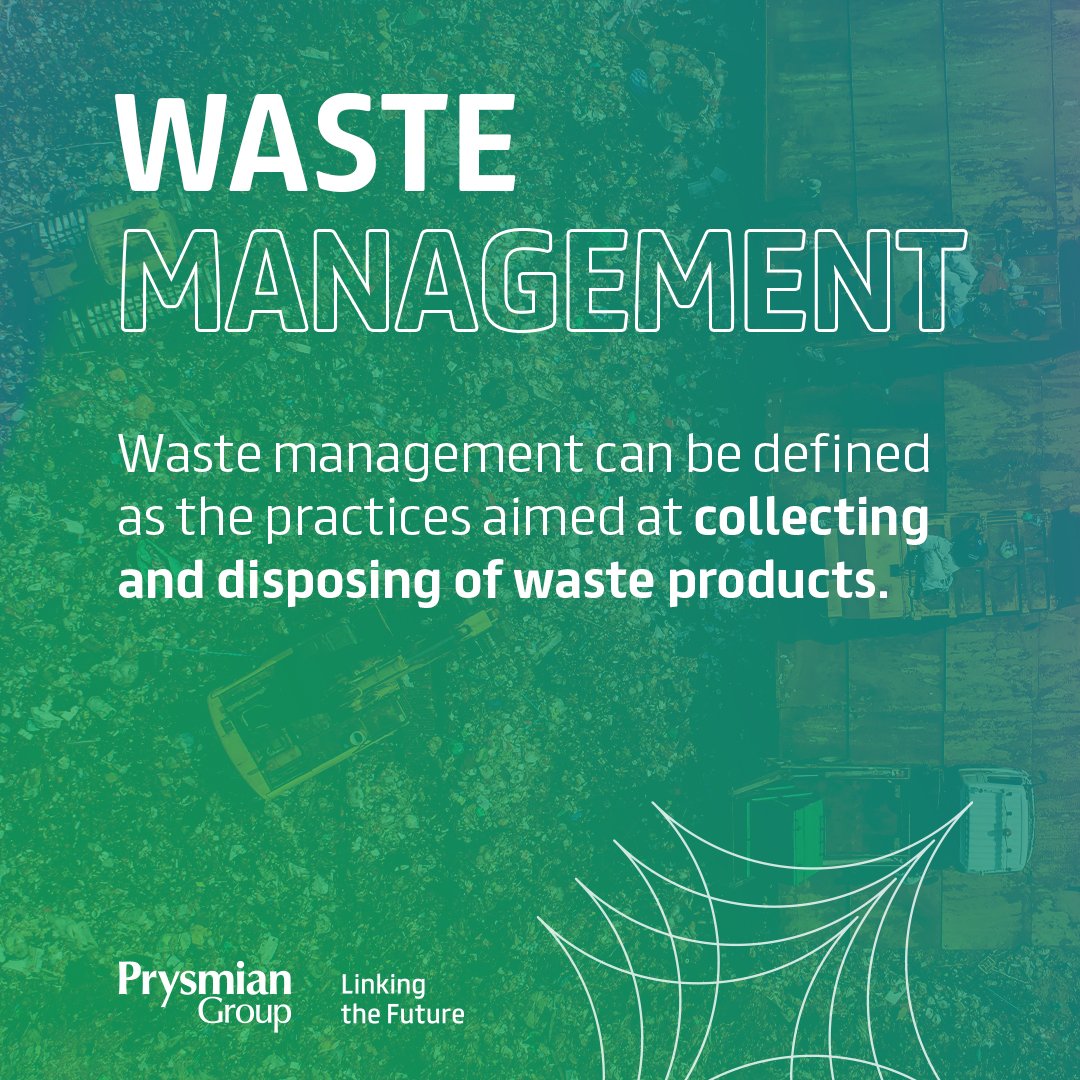Not known Details About Reclaim Waste
Our Reclaim Waste Statements
Table of Contents8 Easy Facts About Reclaim Waste ExplainedNot known Incorrect Statements About Reclaim Waste Fascination About Reclaim Waste5 Easy Facts About Reclaim Waste DescribedThe Best Guide To Reclaim Waste
Check out the kinds, incidents, and kinds of fluid waste. Domestic sewage waste refers to the waste and items from a household septic storage tank. This kind of waste is developed by people in houses, colleges, and other structures. This only includes septic containers that have a drain area. The appropriate management and disposal of residential sewer waste need liquid waste to be transferred to a sewage treatment plant where the proper approaches and equipment are related to detoxify and throw away waste.
Commercial waste typically consists of prospective threats, such as combustible materials or a combination of fluid and strong waste products, and needs an extra innovative and thorough disposal process. The disposal of industrial waste typically includes the purification of waste before transportation to make certain safe and correct disposal. Industrial waste is created from results and drainage of industrial processes and manufacturing.
This sort of waste can not use the exact same sewer management transportation or processes as septic or business fluids. The commercial waste monitoring process needs the examination and screening of liquid waste before it undergoes the disposal process (liquid waste disposal melbourne). Runoff waste is the liquid waste that comes from overflow and excess stormwater in highly populated areas or cities
Drainage waste can create contamination and flooding if not taken care of effectively. Making certain correct waste administration can avoid calamities and reduce ecological injury.
The Main Principles Of Reclaim Waste
Call PROS Services today to discover our waste monitoring and disposal services and the appropriate means to take care of the fluid waste you produce.
(https://triberr.com/reclaimwaste1)Do you understand what occurs to your water when you draw the plug, purge the bathroom or drain the washing machine? No? Well, it deserves knowing. This supposed 'wastewater' is not only an important resource but, after therapy, will be launched to our land, waterways or the sea. Utilized water from commodes, showers, baths, kitchen sinks, laundries and commercial processes is recognized as wastewater.

water made use of to cool down equipment or tidy plant and devices). Stormwater, a form of wastewater, is drainage that flows from farming and metropolitan areas such as roofings, parks, gardens, roadways, paths and seamless gutters right into stormwater drains pipes, after rainfall. Stormwater flows unattended directly to neighborhood creeks or rivers, eventually getting to the ocean.
6 Simple Techniques For Reclaim Waste
In Queensland, many wastewater is dealt with at sewage treatment plants. Wastewater is delivered from residential or industrial sites through a system of sewers and pump stations, understood as sewerage reticulation, to a sewer therapy plant. City governments construct, preserve and operate most sewage therapy plants. Operators are certified under the Environmental Management Act 1994 to release treated wastewater at an acceptable ecological standard right into rivers.
The Division of Natural Resources suggests regional federal governments regarding managing, operating and maintaining sewerage systems and treatment plants. In unsewered areas, city governments might try this web-site call for homeowners to set up private or home sewage therapy systems to deal with domestic wastewater from toilets, kitchens, restrooms and washings. The Division of Natural Resources authorises the usage of house systems when they are verified to be effective.
In some brand-new neighborhoods, treatment of some stormwater to get rid of trash, sand and crushed rock has started using gross toxin traps. Wastewater treatment occurs in 4 phases: Removes strong issue.
Wastewater after that flows into big containers where solids work out and are gotten rid of as sludge. Oil and scum are skimmed from the surface area. Makes use of small living microorganisms called micro-organisms to break down and remove remaining dissolved wastes and great particles. Micro-organisms and wastes are integrated in the sludge. Gets rid of nitrogen and phosphorus nutrients that might cause algal blooms in our rivers and threaten water life.
The Definitive Guide for Reclaim Waste
Nutrient removal is not offered at all sewer therapy plants since it calls for costly specialized tools. It is becoming more usual in Queensland. Clear fluid effluent generated after therapy might still consist of disease-causing micro-organisms. If this effluent is released right into rivers such as rivers or the sea, the micro-organisms will at some point pass away out.

This typically indicates wastewater has to be treated or impurities gotten rid of prior to it can be discharged to waterways. Most wastewater moves right into the sewage system. Under the Act, regional governments administer authorizations and permits for eco pertinent activities (ERAs) including wastewater releases that could have a regional effect. The department administers authorizations and licences to ERAs entailing wastewater releases that could have a local or statewide effect.
Top Guidelines Of Reclaim Waste
Or else, samples are taken for lab evaluation. Frequently lots of examinations are needed to develop the levels of each of the different contaminants such as oils, hefty metals and pesticides in water. Tracking gives factual info concerning water top quality and can verify that permit problems are being fulfilled. The information acquired via surveillance provides the basis for making water high quality choices.